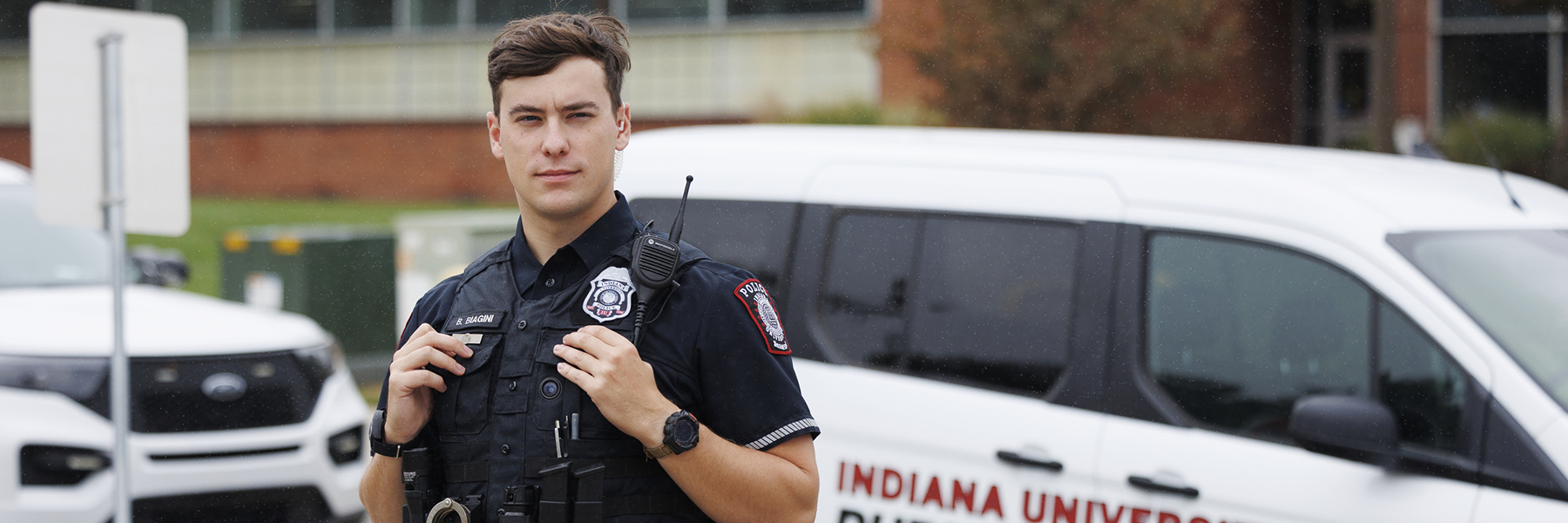When do IUPD officers utilize their cameras?
IUPD officers equipped with a body-worn camera or operating a vehicle containing an in-car video system will activate the body-worn camera and/or in-car video system to record law enforcement-related contacts with citizens. Access to recordings generated by body-worn cameras and/or in-car video systems will be restricted to university officials who have a need to access the recordings or as otherwise required under applicable law.
The cameras have several automatic features built-in to mitigate human error. For example, when an officer turns on their vehicle emergency lights or accepts a call for service, the cameras automatically activate.
Will footage of me or someone I know be released?
IUPD is subject to open record laws in Indiana. Prior to the sharing of a recording, the individual authorizing the sharing will assess the need to redact or withhold the recording, in consultation with the IU Office of the Vice President and General Counsel, for video or audio depictions described in IC 5-14-3-5.2(e) and any depiction of a Criminal Justice Information as defined by the CJIS Security Policy or an investigatory record as defined in IC 5-14-3-2(i).
What type of body-worn camera and/or in-car video system does IUPD use?
IUPD uses a product called BodyWorn by Utility. It is a Motorola mobile device which has been configured by the vendor to operate as a body-worn camera. This device will capture video recordings with audio, photographs, and audio-only recordings as well as produce metadata to include logged on users, device coordinates, device speed, and device duty status of on- or off-duty officers. The device will automatically upload video via a connected in-car video system or Wi-Fi network.
The in-car video system consists of a forward-facing video camera, a rear-facing camera which monitors the rear seats, and a microphone which captures audio in the rear passenger compartment of the vehicle. The system also makes use of a vehicle-based modem known as a RocketIoT which monitors vehicle location, speed, emergency lights, driver door position, crash sensors, vehicle brakes, and the status of the rifle and/or shotgun retention system.


